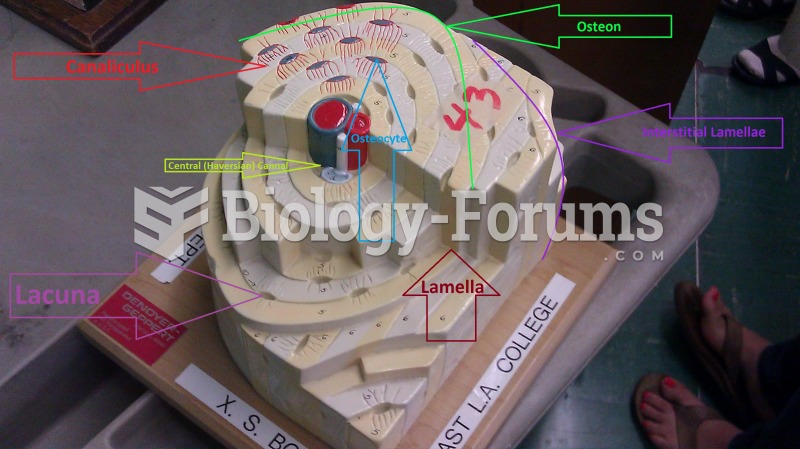Answer to Question 1
Kurt Lewin argued that successful change in organizations should follow three steps: unfreezing the status quo, movement to a desired end state, and refreezing the new change to make it permanent.
Before implementing a change, organizations tend to be in an equilibrium state. To move from equilibriumto overcome the pressures of both individual resistance and group conformityunfreezin g must happen in one of three ways. The driving forces, which direct behavior away from the status quo, can be increased. The restraining forces, which hinder movement away from equilibrium, can be decreased. A third alternative is to combine the first two approaches. Research on organizational change has shown that to be effective, change has to happen quickly. Organizations that build up to change do less well than those that get to and through the movement stage quickly. Once change has been implemented, to be successful the new situation must be refrozen so it can be sustained over time. Without this last step, change will likely be short-lived and employees will attempt to revert to the previous equilibrium state.
Answer to Question 2
FALSE
Explanation: Appreciative inquiry (AI) accentuates the positive. Rather than looking for problems to fix, it seeks to identify the unique qualities and special strengths of an organization, which members can build on to improve performance. AI focuses on an organization's successes rather than its problems.







